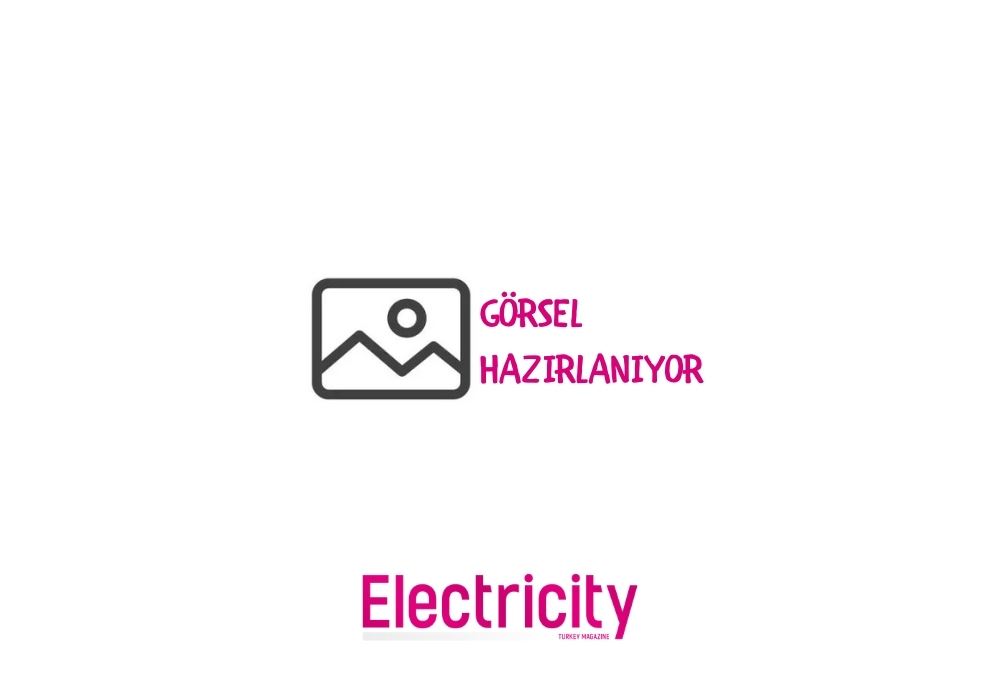
Power management company Eaton is bringing to the industry a comprehensive suite of hardware, software and services that can transform buildings into energy hubs that provide the most benefit from renewable energy generation. "Energy Producing Buildings" approach to energy transformation and Electric Vehicle charging solutions, Electric Vehicle Charging is getting significantly stronger following the recent acquisition of Switzerland-based Green Motion SA, a leading designer and manufacturer of hardware and related software.

Eaton is adopting an "Energy Generating Buildings" approach to energy transformation to help customers accelerate decarbonization processes, increase resilience, reduce energy costs and generate new revenues . By managing the building energy system as a grid for building owners, Eaton can transform facilities into energy hubs that can better manage existing electrical infrastructure and plan for future energy needs.
If building owners choose a specific method of mounting Electric Vehicle (EV) chargers into existing infrastructure, they may risk facing power management challenges and costs of increasing grid demand when they need to increase capacity to meet demand. This could happen quickly as the transition to Electric Vehicles (EVs) accelerates: Sales of Electric Vehicles (EVs) in Europe increased by more than 140% in 2020 despite the Covid-19 pandemic, and the number of Electric Vehicles globally is expected to grow from 8.5 million in 2020 to 116 million in 2030.
Eaton's Energy-Fueling Buildings approach offers the most comprehensive and integrated energy transformation offering for building owners and encompasses three systems: Electric Vehicle (EV) charging, energy management and power distribution. These systems allow building owners to monitor and optimize the energy performance of their buildings, as well as to control energy assets safely.
Electric Vehicle (EV) system: Electric Vehicle (EV) Charging Station is an Electric Vehicle (EV) charging hardware and software that supports dynamic charging and pricing as well as providing a high level of service for users.
Energy management system: It increases the resilience of the building's electrical infrastructure and supports the growing need for Electric Vehicle (EV) charging capacity in the building by providing flexibility on the demand side. This is achieved through energy management software that manages energy flows between flexible energy assets, which may include: Electric Vehicle (EV) charging stations, energy storage systems, and controllers for heat pumps and boilers.
Power distribution system: Manages electrical power distribution and protection.
Eaton's Europe-wide support, field service and application engineers and partners will help building owners not only design and optimize their electrical systems to integrate Electric Vehicle (EV) Charging Stations, but also keep their systems up and running.
Building owners and operators face a growing need to monitor and optimize energy consumption as they add more electrical load, such as Electric Vehicles (EVs), as well as power generation and even storage resources to the system. Eaton's energy management software automatically optimizes control of connected assets based on different user goals, including minimizing electricity bills and carbon footprint, as well as maximizing renewable energy consumption.
The combination of energy storage and energy management software offers many advantages: It can be added without the costly civil engineering work often associated with grid spikes, allowing users to store energy when demand is low and renewable energy that they can derive by generating it themselves from sources such as photovoltaic (PV) generation. The stored low-cost power can be used during periods of expensive peak demand. It saves money and benefits the environment because it enables the introduction of local photovoltaic systems, especially during peak power requirements – reducing the load on the grid to prevent the transition to existing carbon fossil fuel power when demand is high.
Energy management software is the 'glue' of the system, from electricity generation sources to Electric Vehicle (EV) charging, building loads or energy storage. It helps building owners monitor the energy performance of their buildings, thereby safely controlling their energy assets against financial or business-oriented needs and goals, as well as sustainability goals.
Eaton's acquisition of pioneering Swiss Electric vehicle (EV) charging company, Green Motion, has provided building owners with a range of state-of-the-art Electric Vehicle (EV) charging stations, along with billing and management software that will provide many options to meet Electric Vehicle (EV) charging requirements within eco-systems that Eaton will design to meet their specific needs. This includes managing Electric Vehicle (EV) chargers, balancing the load to ensure a seamless customer experience, enabling billing and customer authentication, and generating revenue.
Eaton's Europe-wide support, field service and application engineers and partners will help building owners not only design and optimize their electrical systems to integrate Electric Vehicle (EV) Charging Stations, but also keep their systems up and running.
Comprehensive and integrated energy transition begins in Turkey
 SİZİN DÜŞÜNCELERİNİZ?
SİZİN DÜŞÜNCELERİNİZ?